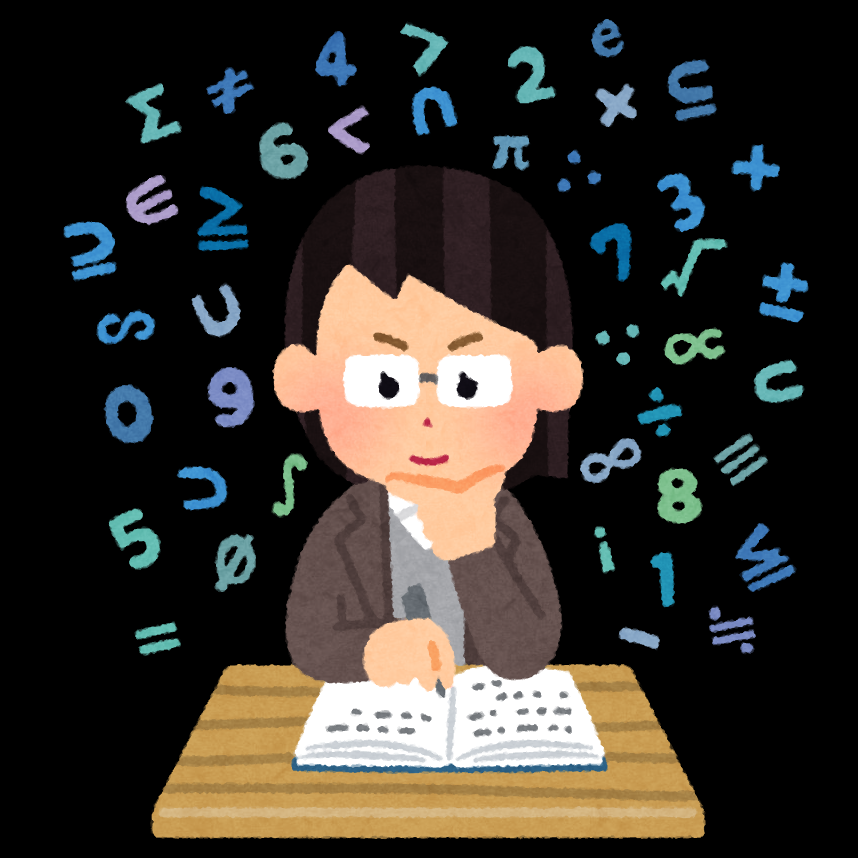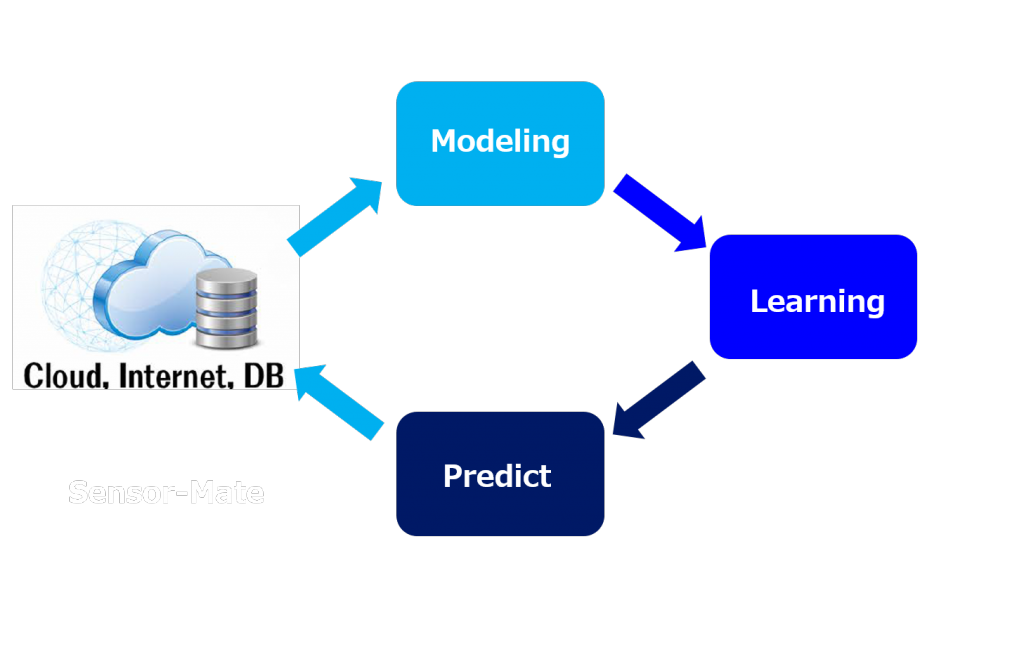Agent Based Modeling Technology (1)

What is Agent Based Modeling (1)
This time, we will introduce the technology that utilizes the simulation algorithm “Agent Based Modeling “.
First of all, I will briefly explain what ABM is.
ABM is a method of computer simulation, a simulation technique that uses a method to verify what kind of social state is resulting by modeling a large number of agents and interacting with them.

In general, ABM defines an individual called an agent and has autonomy, selects actions according to its own decision-making rules, and the decision-making rules vary depending on the agent, whereas a general simulation is obtained by applying calculation formulas derived from past achievements and experiences.
Agents are social and interdependence, and if an agent chooses an action, it is affected in some way by agents other than yourself.
In many cases, an agent’s conduct is affected by two things: before choosing an act and after choosing an act.
This is the case when the game situation is established, since the result of the agent’s action changes depending on the action of an agent other than yourself.

Agents are adaptable and learnable, and change their decision-making rules due to the result of their actions and the influence of the surrounding agents.
ABM also builds a model based on several assumptions, just like a mathematical model.
However, because of the characteristics of ABM, trying to establish it as a mathematical model often becomes very complex and makes it very difficult to find equilibrium analytically.
In that case, the structure of the model is clarified inductively by simulating parameter survey techniques and adding statistical analysis to numerical results output from the model.
In summary, it defines a number of models of agents and simulates them focusing on the behavior and influence of individual agents.
In recent years, it has attracted attention as a program for combating infectious diseases and disasters.
We’ll continue to talk about Agent Based Modeling next time.
